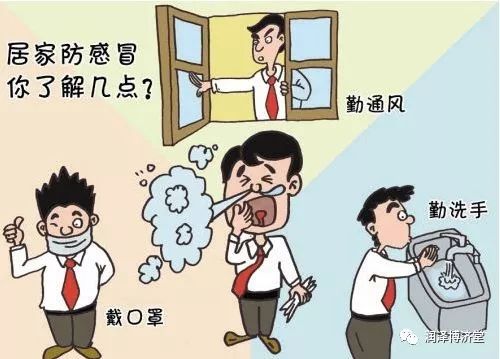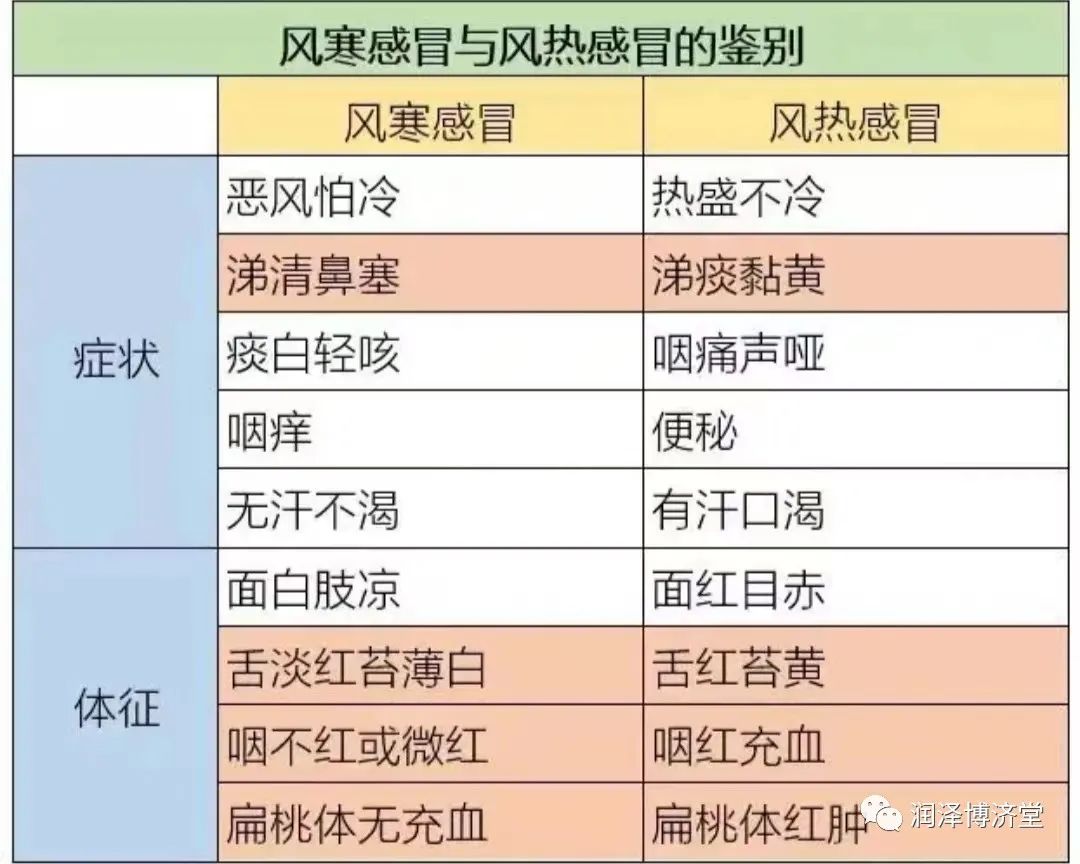
When it comes to the common cold, everyone knows it is the most ordinary and simplest of diseases. In fact, the term “common cold” has a long history and is an original term from Traditional Chinese Medicine (TCM). The term first appeared in the “Ren Zhai Zhi Zhi Fang” (仁斋直指方), and it aptly describes the unique symptoms of “upper respiratory infection”. It conveys the feeling of being “capped by a hat, experiencing the invasion of evil”. The Eastern Han medical sage Zhang Zhongjing elaborated on external pathogenic diseases in his work “Shang Han Lun” (伤寒论), clearly stating, “Taiyang treats the unwell, with floating pulse, stiff neck, and aversion to cold”. Symptoms such as nasal congestion, headache or dizziness, sneezing, coughing, weakness in limbs, stiffness and pain in the neck and back, and fever are all explained as unique symptoms of external pathogenic diseases, which modern medicine refers to as “upper respiratory infections”.

It is well known that colds can occur in all seasons, but are more common in winter and spring. The public has given many colloquial names to the common cold, such as “wind cold”, “wind invasion”, “cold invasion”, “minor cold”, and “severe wind cold”.
① Those with milder symptoms are often said to have caught the seasonal qi, referred to as wind invasion, wind cold, or cold invasion;
② Those with more severe symptoms are often said to have caught an out-of-season evil, referred to as severe wind cold.
③ When a disease is widely prevalent within a certain period and the symptoms are similar, it is referred to as seasonal influenza.
In modern Western medicine, the common cold and acute upper respiratory infections fall under this category.

Traditional Chinese Medicine believes that the cause of the common cold is due to the six evils and seasonal pathogens invading the lung’s defensive qi, leading to disharmony in the defensive layer and the lung’s failure to disperse and regulate. External pathogens such as wind, cold, heat, dampness, dryness, and fire can invade the body and cause illness, but wind is the primary cause, as it is the foremost of the six evils and flows through all seasons, thus often being the precursor to colds.
These evils can also combine to cause illness; while the six evils can independently cause colds, they often interact, with wind as the primary factor. In winter, it may combine with cold; in spring, with heat; in summer, with damp heat; and in autumn, with dryness. During the plum rain season, it may combine with dampness. Due to the higher incidence of colds in winter and spring, the conditions of wind-cold and wind-heat are more commonly seen.
The most concerning question is how to distinguish between wind-cold and wind-heat

Clinical manifestations of wind-cold cold: severe aversion to cold, mild fever, no sweating, headache, body aches, and in severe cases, pain; nasal congestion with a heavy voice, sneezing, occasional clear nasal discharge, itchy throat, coughing with thin white phlegm; tongue coating is thin white, pulse is floating or floating tight.
Summary of the syndrome mechanism: wind-cold binds externally, defensive yang is obstructed, pores are closed, and lung qi is not dispersed. Treatment method: warm and acrid to release the exterior, disperse cold from the lungs.
Commonly used medications:Apricot and Perilla Granules, Cold Dispelling and Exterior Releasing Capsules, Cold Stopping, etc.
Clinical manifestations of wind-heat cold: significant body heat, slight aversion to wind, sweating not smooth, dry throat, and in severe cases, throat pain, nasal congestion with yellow thick discharge, headache, coughing with thick or yellow phlegm, dry mouth with thirst; tongue tip is red, tongue coating is thin white and dry or thin yellow, pulse is floating and rapid.
Summary of the syndrome mechanism: wind-heat invades the exterior, heat obstructs the muscles and pores, defensive layer is in disharmony, and lung fails to clear and regulate. Treatment method: cool and acrid to release the exterior, disperse wind and clear heat.
Commonly used medications:Heat Clearing Cold Granules, Lianhua Qingwen Capsules, Shuanghuanglian Oral Liquid, Four Seasons Anti-Virus Oral Liquid, etc.

Distinguishing between common cold and influenza:
1. The common cold primarily presents with symptoms of the defensive layer and nasopharynx, such as aversion to wind or cold, fever, nasal congestion, runny nose, sneezing, throat pain, throat itch, and general body aches. If wind evil combines with damp heat or other evils, additional symptoms such as chest tightness, epigastric fullness, poor appetite, and loose stools may also be present.
2. Seasonal influenza often presents in an epidemic manner, with a sudden increase in the number of cases and similar symptoms, commonly characterized by sudden onset, aversion to cold, fever (high fever is common), general body aches, and fatigue. The condition is generally more severe than the common cold. Influenza is contagious.
3. The course of the common cold generally lasts 3 to 7 days, and it is not easily transmissible, while seasonal influenza can occasionally lead to complications and develop into other diseases. Colds can occur in all seasons, but are more common in winter and spring.
Dr. Yu has explained so much; can everyone distinguish between wind-cold and wind-heat now? Don’t blindly take cold medicine anymore; it is essential to differentiate between wind-cold and wind-heat. Next time, we will discuss damp-heat colds and deficiency colds.





